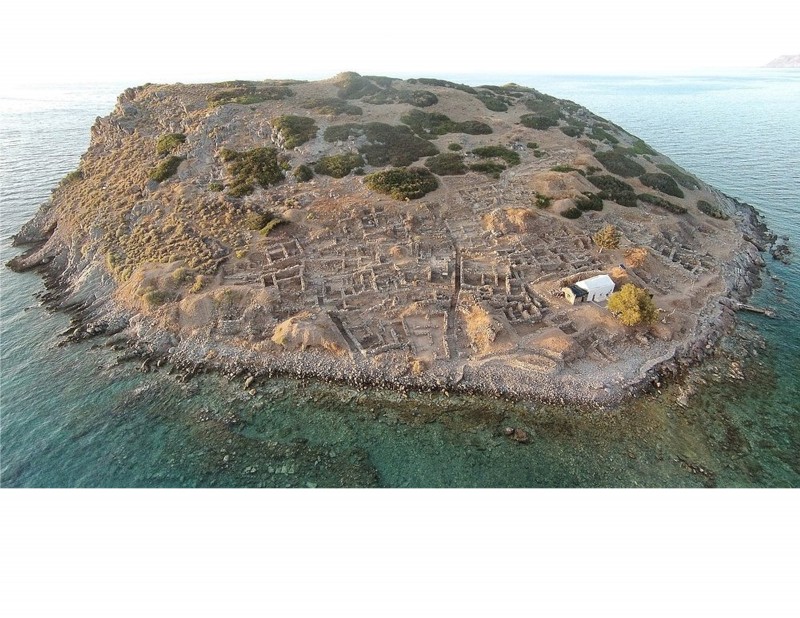Fieldwork
This listing expired on May 30, 2022. Please contact georgedoudalis@hotmail.com; lfkaiser88@gmail.com for any updated information.

Location: Mochlos, CR, GR
Season: June 6, 2022 to August 15, 2022
Application Deadline: March 15, 2022
Deadline Type: Rolling
Website: http://www.mochlosarchaeologicalproject.org
Program Type:
Volunteer
RPA Certified:
No
Affiliation:
University of North Carolina at Greensboro
Project Director:
Jeffrey S. Soles and Chrysa Sophianou
Project Description:
Applications for volunteers who wish to join the project in the summer of 2022 have closed. The project is now fully staffed. Thank you all who applied and stay in touch; we are always seeking colleagues with expertise in archaeological sciences who might contribute to the study and publication of our finds.
The Greek-American Excavation at Mochlos, Crete, has received a two year permit from the American School of Classical Studies in Athens to resume excavations in 2021 and 2022. It anticipates final approval from the Greek Ministry of Culture for 2022 and has scheduled the project to begin June 6 – assuming that Greece is open for business and the Covid-19 pandemic is under control. The season will run for ten weeks with an eight week period of active excavation.
The project has uncovered a Minoan town of the Neopalatial period, c. 1700-1430 BC, earlier remains from the Protopalatial period, c. 1900-1700 BC, and later 7th and 5th century remains on the summit of the island. It has been in the field since 1989, has published seven volumes to date, and completed work on two more. The goal of the 2021-2022 seasons is to complete excavation of three areas that we have already partially excavated in order to continue with their final publication. We are looking for volunteers to work on site, assisting trench supervisors, and others to assist with the processing of pottery and other finds in the INSTAP Study Center in Pacheia Ammos.
Period(s) of Occupation: Bronze Age Aegean, Minoan; 7th and 4th centuries BC, Greek
Notes:
The Neopalatial town at Mochlos, dating c. 1700-1430 BCE, was an important trading and manufacturing center in the Late Minoan period, but it was also the location of a number of shrines that made it a center of pilgrimage. The site's ritual focus appears to have continued in the 7th century BC when an oikos house was erected on its summit.
Project Size: 1-24 participants
Minimum Length of Stay for Volunteers: 10 weeks
Minimum Age: 19
Experience Required: none
Room and Board Arrangements:
All members of the Mochlos team are provided with rooms in Mochlos, but volunteers must arrange for their own travel expenses and meals in the local tavernas. Cost: $250.00 (non-refundable deposit for new volunteers to hold your place on the project and pay your membership fees at the ASCSA and INSTAPSCEC); $0 for returning volunteers.
Giorgos Doudalis (georgedoudalis@hotmail.com); Luke Kaiser (lfkaiser88@gmail.com)
INSTAP Study Center, East Crete, and ASCSA; Anthropology Department, University of Arizona
Pacheia Ammos, Crete; Tucson, AZ
Crete; Arizona
USA
The AIA is North America's largest and oldest nonprofit organization dedicated to archaeology. The Institute advances awareness, education, fieldwork, preservation, publication, and research of archaeological sites and cultural heritage throughout the world. Your contribution makes a difference.
Notifications